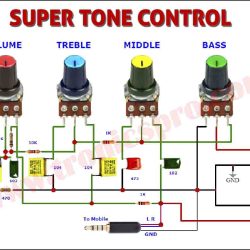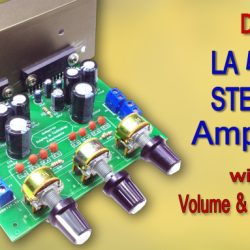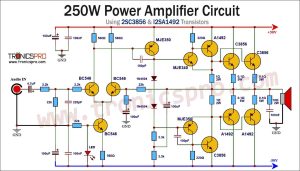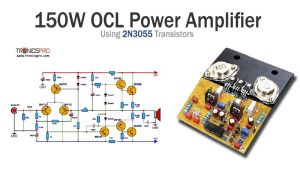Introduction
A Balanced Power Supply Circuit is an important component of many electronics projects. It provides a precise, steady voltage to your device or circuit, ensuring the quality and accuracy of the power supplied to your project. By using two identical symmetrical power supplies connected in opposite phases, errors due to fluctuations in line voltages can be virtually eliminated. The result? Your circuit operates reliably, efficiently, and with minimal interference from outside sources such as static electricity. When selecting a balanced power supply for your project, make sure you buy one with adjustable and/or programmable output voltage as this allows fine-tuning of the circuitry for your particular needs. Not all circuits require this level of precision but it’s an important feature that could save unnecessary mistakes down the line!
Circuit Diagram
of Balanced Power Supply Circuit


More Circuit Layouts
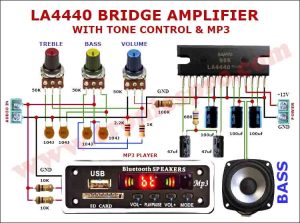
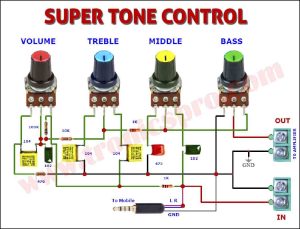
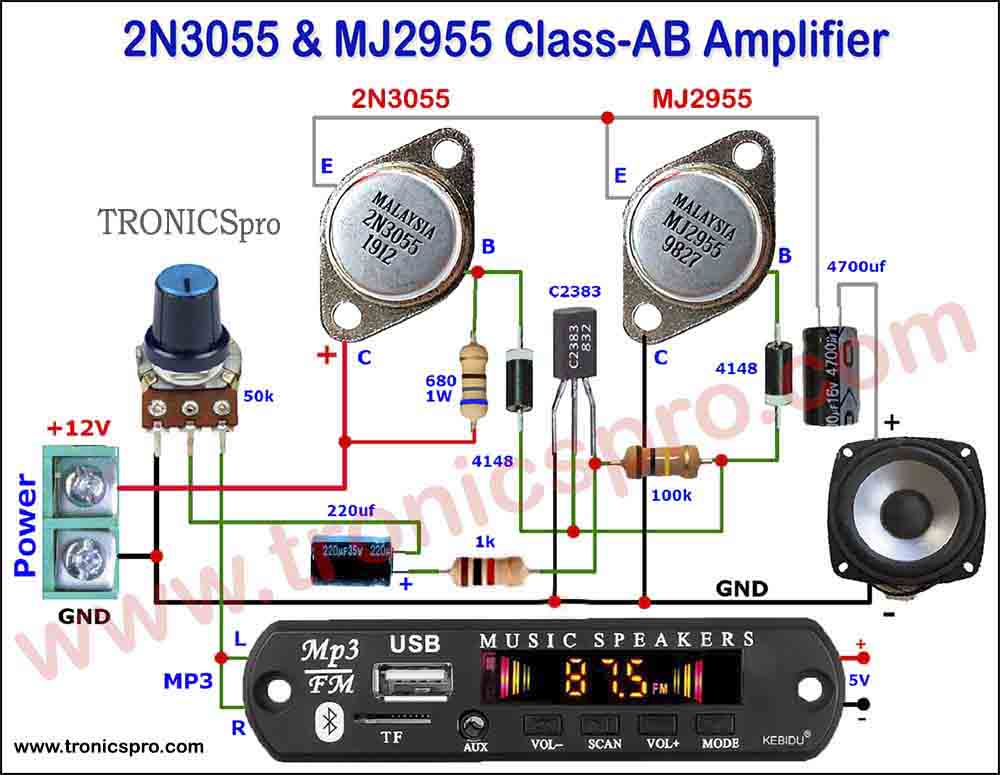

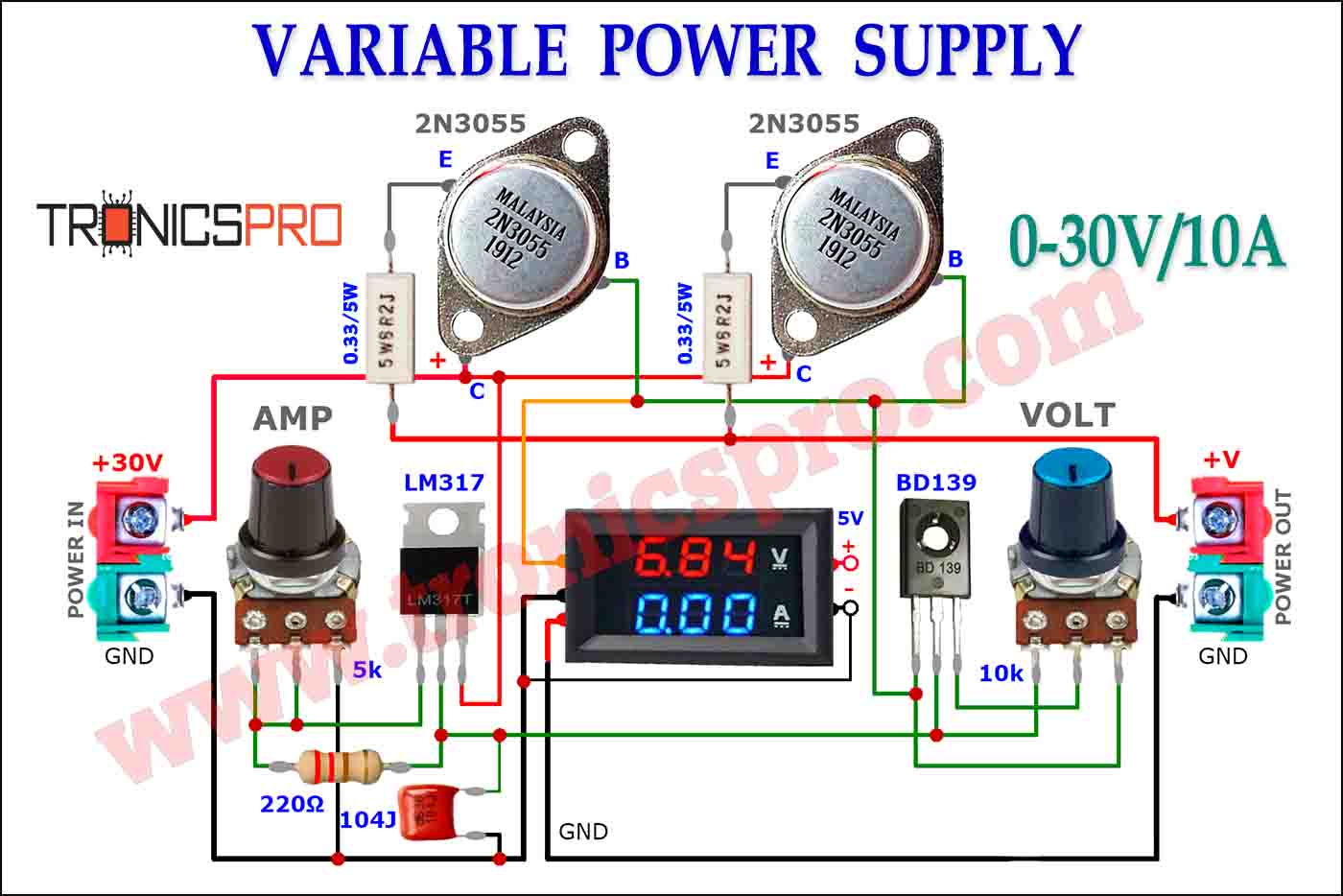


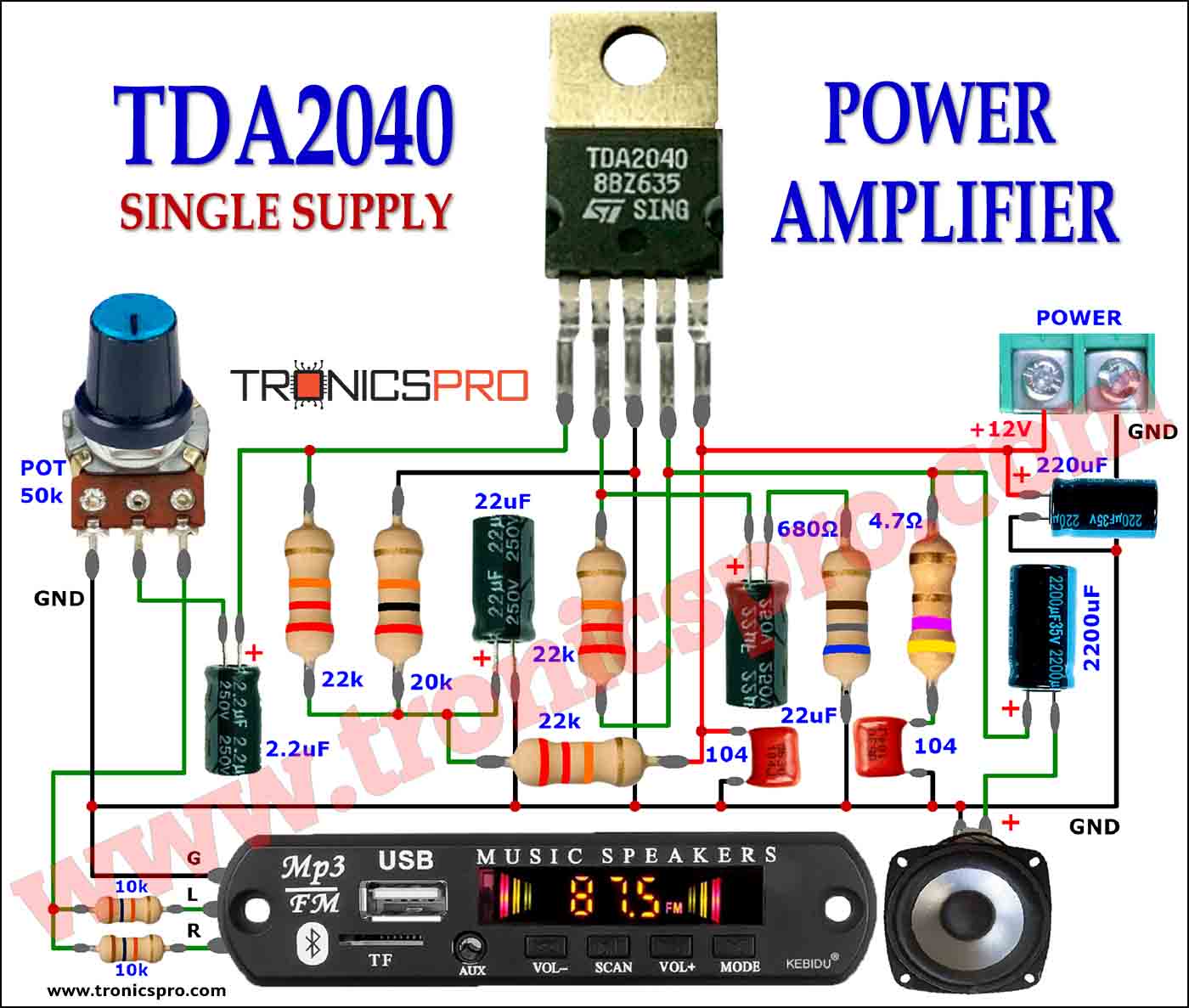
Working Explanation
of Balanced Power Supply Circuit
This design is useful in those cases where balanced power lines providing a relatively small output current are needed. The diagram shows a ±15 V supply that can provide a continuous output current of about 25 mA, or 100 mA peak. With other transformers and/or voltage regulators, the supply can be adapted for output voltages of ±5 V, ±9 V, ±12 V, ±15 V, +18V, and ±24 V. For the latter two voltages, however, the negative-voltage regulator may be hard to obtain. Thanks to its small size, the supply is easily incorporated into existing equipment.
A disadvantage of small (low-VA) mains transformers as used for this supply is that they often supply relatively high no-load secondary voltages. Under no-load conditions, the specified transformer, for example, supplies as much as 32 V to the regulator inputs (measured at a mains voltage of 230 V). In some cases, the no-load secondary voltage may exceed the maximum permissible input voltage of the low-power voltage regulator. Typically this will be 30 V for 5-V regulators, 35 V for 12-V and 15-V types, and 40 V for 18-V and 24-V types. When the no-load voltage is likely to approach the absolute maximum level specified for the voltage regulator, shunt resistors (bleeders) should be used across the transformer secondaries. The value of these resistors should be as high as possible to avoid unnecessary dissipation. In most cases, a bleeder current of a few mA is sufficient to drop the regulator input voltage to a safe level.
Although the specified transformers have the same footprint, the 3.2 VA type is taller. If this particular transformer is used, the continuous output current capacity of the supply rises to about 55 mA, provided C1 and C2 are changed to, say, 100 uF, 25 V types. Note, however, that the no-load secondary voltage may have to be reduced as described above.
More Circuits, You May Like:
- 100 Watts LM3886 Amplifier Circuit Diagram
- Auto Volume Tone Control Circuit Diagram
- Build Your Own Stereo Amplifier with TDA1552 DIY
- Stereo Amplifier NE5532 Circuit Diagram
- Fifth-Order Low-Pass Filter Circuit Diagram
- Ultra-Low-Noise Preamplifier Circuit Diagram
- Amplifier Drive Indicator Circuit Diagram
- Car Booster Amplifier Adaptor Circuit Diagram
- Digital Audio Input Selector DIY Circuit
- Bass amplifier for surround sound
Components List
- Capacitors:
- C1, C2 = 47 uF, 40 V, radial
- C3, C4 = 4.7 uF, 63 V, radial
- Semiconductors:
- B1 = B80C1500
- Integrated circuits:
- IC1 = 78L15 (see text)
- IC2 = 79L15 (see text)
- Miscellaneous:
- K1 = 2-way PCB terminal block, raster 7.5mm
- Tr1 = mains transformer, see text.
- Examples:
- 2x15V 1.5VA: type VTR1215
- (Monacor/Monarch) or type BV El 302 2028 (Hahn)
- 2x15V 3.2VA: type BV EI 306 2078 (Hahn)
- PCB may be made with the aid of the track layout.

















